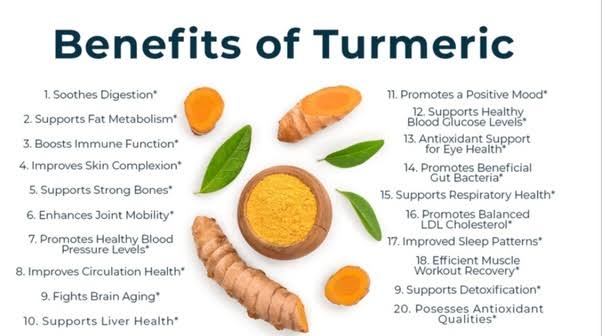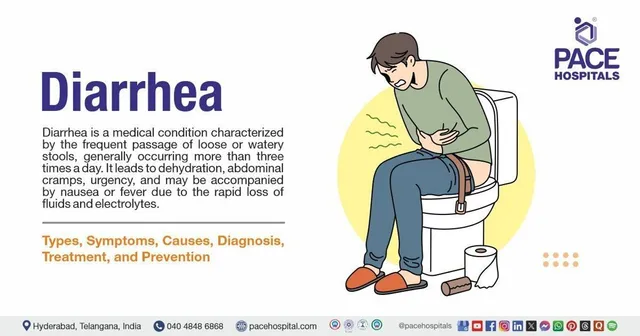
The colorful substance found in the turmeric plant has the ability to influence many diseases, including the development of diabetes, the growth of cancerous tumors, and the death of nerve cells in people with dementia. However, research is still ongoing regarding the medicinal use of this plant.
The root is the most important part of the turmeric plant, and this plant, known as the ‘yellow root’, is used in many countries in the manufacture of mustard or margarine butter.
Turmeric is one of the most important Indian spices. It is characterized by its non-spicy taste and a light and delicious taste. The widespread use of turmeric in Indian cuisine is not only due to the yellow color it gives to food, but also because of its benefits and its ability to improve the digestive process. Turmeric is a useful substance for eliminating intestinal bacteria, and helps Regularly purifies the body of toxins, and is a diuretic.
Traditional Indian medicine, Ayurveda, also relied on turmeric to treat internal diseases such as stomach and intestinal problems. It is useful for external use, as it can be used as an ointment to treat skin problems such as itching or burns.
Curcumin is the most important component of turmeric as it is a powerful anti-inflammatory. According to German nutritionist Jan Frank, curcumin could help in the future to limit the development of diabetes, be a protective substance against the spread of cancer, and prevent the death of nerve cells, which means preventing dementia.
Until now, the best way to manufacture curcumin as a medicinal substance has not been found. Curcumin is insoluble in water, which means using it as a tea is ineffective.
What has been tried is to encapsulate curcumin in a lipid envelope due to its ability to dissolve in fats, which helps the body absorb it better.
Curcumin is currently sold as a food substance, as it makes fatty meals easy to digest, but considering it as a medicine to treat diseases still requires more research.






